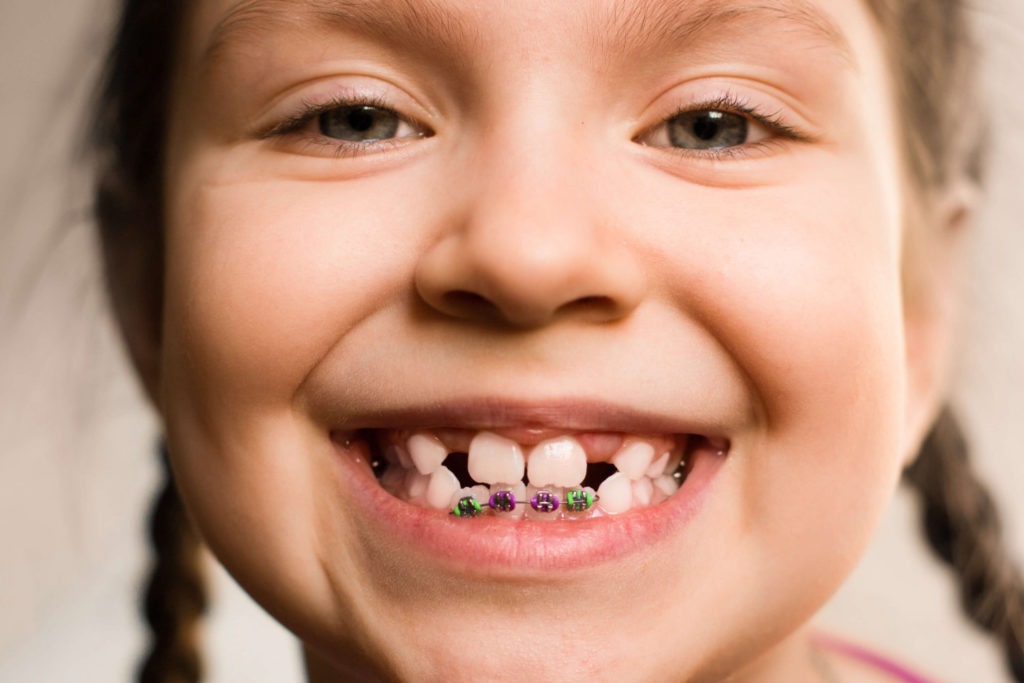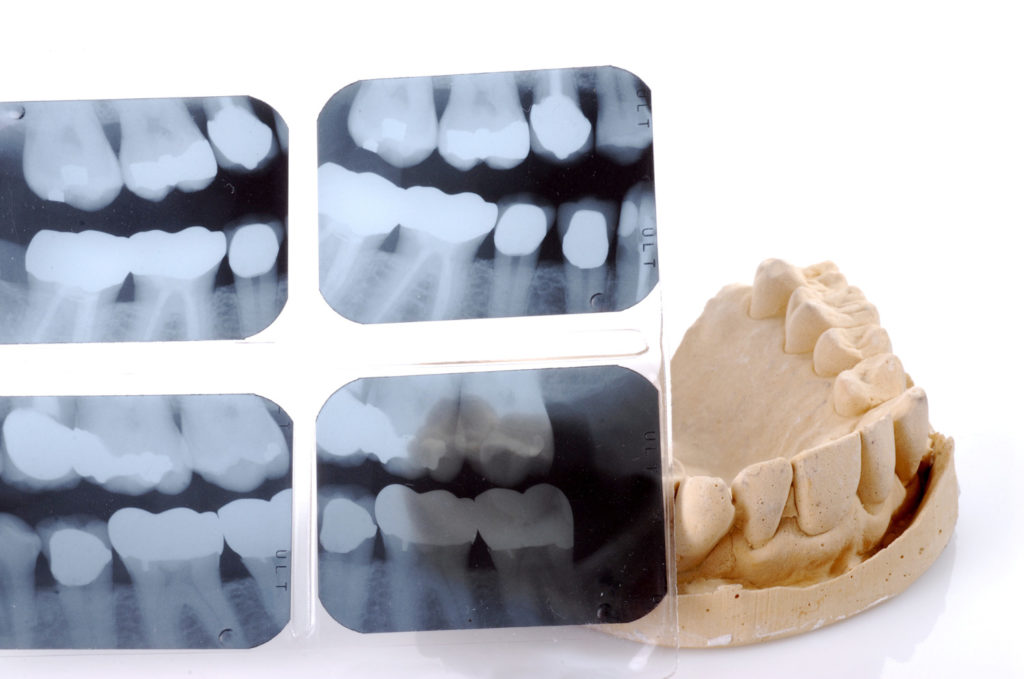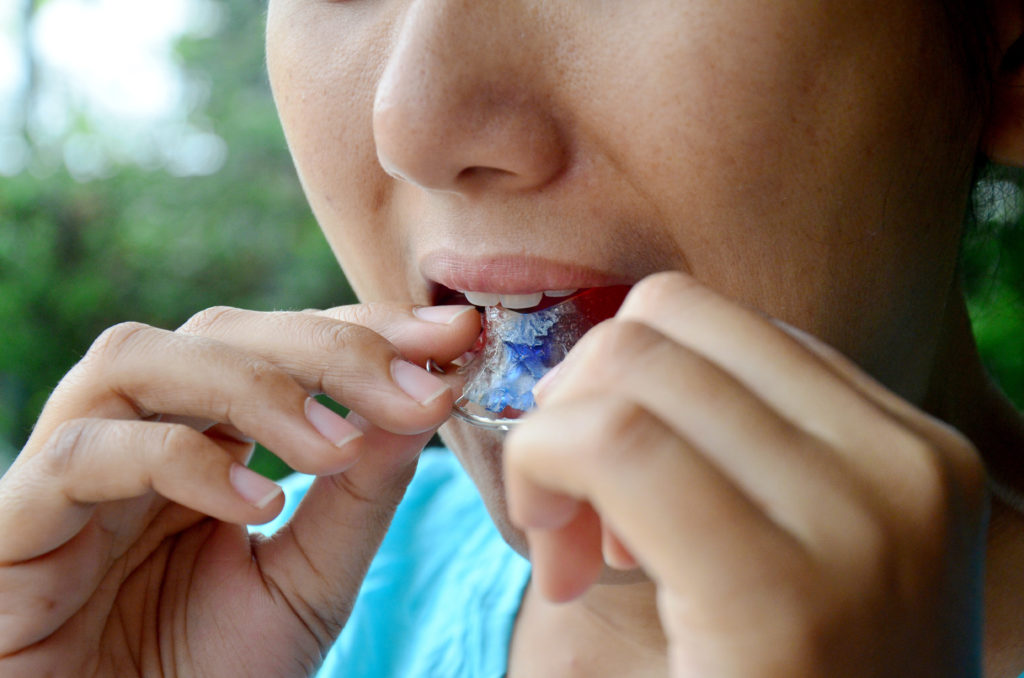Wisdom Teeth and Braces
November 27, 2017

As an orthodontic patient, you already know a lot about braces. What to expect when you get them, how often they’ll need to be adjusted, what foods to avoid, and what kind of results you can look forward — at Dudley Smiles, these are topics we cover, often before treatment even begins. But what about the actual mechanics involved in moving your teeth? Understanding how braces are designed to shift your teeth into proper alignment over time can give you a better understanding, and appreciation, of what’s happening behind the scenes of your new smile while it’s in the works!
In order to have a true understanding of how braces work to move your teeth, it’s important to familiarize yourself with the various parts they’re composed of. These components are:
Brackets – the metal (or ceramic) materials that are bonded to each tooth with a glue-like product. This keeps the brackets in place throughout treatment. Brackets are the most visible part of braces.
Arch wires – the thin, rod-like metal wires that are placed over each bracket. This is the main component putting pressure against the teeth in order to gradually move them into the correct position.
O-Rings – also known as the “ligature elastic.” This is a small elastic that holds the bracket onto the arch wire. O-rings are usually changed at each adjustment appointment, and there are many colored versions to choose from to add a splash of personality to your smile. We also use brackets don’t need elastic ligatures – these are called “self-ligating” braces – and have a metal door to hold the bracket onto the archwire.
Together, these components exert constant pressure on the teeth, which will move them into their proper position over time. Sometimes, springs or rubber bands will be used to exert more force in a specific direction. But exactly how do the teeth move? Let’s take a look.

Now that you know what braces are made of, we can talk about how your teeth are constructed. Teeth are surrounded by gum tissue, also called gingiva, at the top, while the bottom portion of the tooth is encased in the periodontal membrane, which is sometimes referred to as the periodontal ligament, or PDL. Next to these lies the alveolar bone.
When braces put pressure on your teeth, that periodontal membrane stretches on one side and is compressed on the other, loosening the tooth. The bone then grows in to support the tooth in its new position. This is what’s referred to as bone remodeling, and it’s where the real orthodontic magic happens!
Technically speaking, bone remodeling is a biomechanical process. In response to sustained load-bearing activity, like braces,it makes the bones stronger. Once the load is removed, the bones will go back to their pre-treatment levels of weakness and inactivity.
Bones are made up of cells called osteoclasts and osteoblasts. When the load on a bone is increased, osteoclasts are created which break it down in response to the load. Remove that load, and osteoblasts are created, which produce new bone cells. As this process is repeated through the repetitive motion of tightening and adjusting your braces, the bone density of your teeth actually increases.
As we mentioned, each tooth is surrounded by a periodontal ligament, or PDL, which attaches it to the surrounding bone. Each tooth is also socketed in bone – the maxilla for the upper teeth, and the mandible for the lower teeth. The PDL acts a bit like a messenger between the teeth and surrounding bony sockets. Pressure between the PDL and bone causes the bone to create osteoclasts, and then breakdown the bone to restore the normal spacing between the teeth and bone. There is corresponding tension on the PDL behind the movement which causes the bone to then create osteoblasts, effectively building new bone to fill in the difference, once again restoring the normal spacing between teeth and bone. This doesn’t require a tremendous amount of force, only the kind of force which is not normally present.
The osteoclast (breakdown) process can take about three days to get fully going, while the osteoblast (rebuild) process can take up to ninety days. Stabilizing the end result takes about ten months, and this is why it’s so important to wear your retainer after the initial treatment is complete! Wearing your retainer regularly will help you avoid your teeth shifting back to their original or intermediate positions.
Brackets and arch wires are what provide your teeth with the artificial force needed to create and sustain the pressure that results in positive movement.
Arch wires are made of materials activated by body heat to increase stiffness, but they tend to want to retain their normal shape.The initial wire used with braces is called a twist wire, and it is like a small cable that wants to remain straight. When put onto your teeth, this wire is activated by the heat of your mouth, which runs about 20-25 degrees above room temperature.
Later on in the treatment process, twist wires are replaced with a much more flexible wire, usually made of a nickel-titanium alloy. This wire is also activated by body heat to become quite stiff. The bracket placement on your teeth and the tying of those brackets to this wire are what complete the transmission of forces from the arch wire to the teeth.
The inherent desire of these arch wires to remain straight provides the kind of force necessary to kickstart, and then continue, the biomechanical process of bone remodeling. The end result of this remodeling is a straighter, healthier, more functional smile for you!

After your braces come off, treatment isn’t over! Wearing a retainer as directed will continue to strengthen the bones inside the surrounding membrane until they are ready to support the teeth completely. This isn’t a step you want to skip, as it ensures your smile stays straight, and that your teeth don’t gravitate back to where they used to be.
Wherever you are in your braces treatment, the Dudley Smiles team is here to support you. With two conveniently located offices in Issaquah and Kent, we make appointments easy, and our experienced and skilled staff mean we get you in and out as quickly as we can. Anytime you have questions, concerns, or just need some extra encouragement, we’re only a phone call away. Your smile is as important to us as you are!